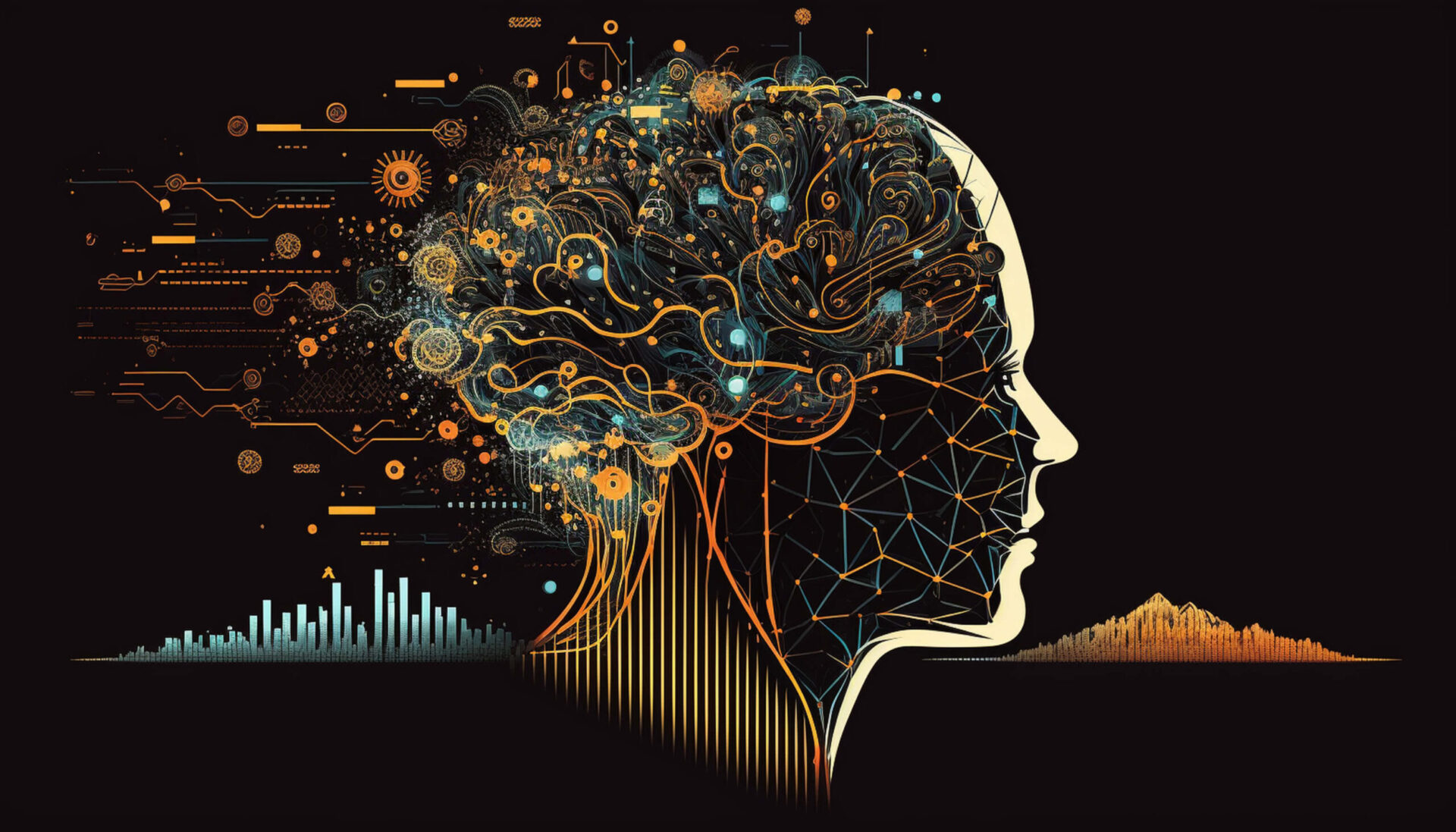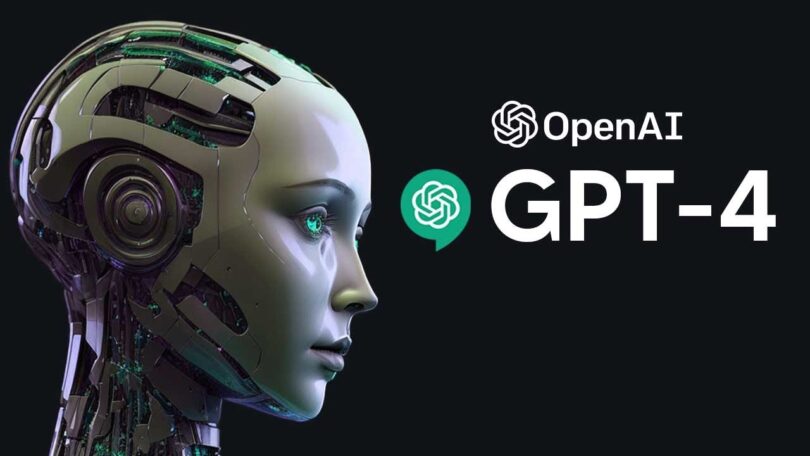Artificial Intelligence (AI) and Machine Learning (ML) have revolutionized numerous industries, and the field of cybersecurity is no exception. As cyber threats continue to evolve and become more sophisticated, traditional security measures alone are no longer sufficient. In this article, we will explore the role of AI and ML in defending against evolving threats and how these technologies are reshaping the cybersecurity landscape.
Introduction
In today's interconnected world, cybersecurity is of paramount importance. Organizations face an ever-growing array of threats, ranging from sophisticated malware attacks to advanced persistent threats. To counter these threats effectively, cybersecurity professionals are increasingly turning to AI and ML technologies.
What is AI and ML in Cybersecurity?
Before delving deeper, it's essential to understand what AI and ML refer to in the context of cybersecurity. AI refers to the development of computer systems capable of performing tasks that typically require human intelligence, such as problem-solving and decision-making. ML, on the other hand, is a subset of AI that focuses on creating algorithms and models that can learn and improve from data without being explicitly programmed.
Evolving Threat Landscape
The threat landscape in the digital realm is constantly evolving. Attackers are constantly finding new ways to breach systems and exploit vulnerabilities. Traditional security measures, although effective to a certain extent, often fall short in detecting and mitigating these evolving threats. This is where AI and ML come into play.
How AI and ML are Used in Cybersecurity
Detecting Anomalies and Intrusions
One of the key applications of AI and ML in cybersecurity is anomaly detection. By analyzing vast amounts of data, these technologies can identify patterns and behaviors that deviate from the norm. This enables early detection of potential intrusions or malicious activities.
Malware Detection and Analysis
AI and ML algorithms are highly effective in identifying and analyzing malware. Traditional signature-based antivirus solutions struggle to keep up with the sheer volume and complexity of modern malware. ML-based systems can leverage behavioral analysis and machine learning models to detect and block new and unknown threats in real-time.
User and Entity Behavior Analytics
AI and ML can be used to establish baselines for normal user and entity behavior. By continuously monitoring and analyzing patterns, these technologies can identify deviations that may indicate malicious activity. This approach helps organizations detect insider threats, compromised accounts, and other unauthorized activities.
Vulnerability Assessment and Patching
AI and ML techniques can automate vulnerability assessment processes, allowing organizations to identify and prioritize vulnerabilities in their systems. Additionally, ML algorithms can aid in determining the most effective patching strategies, reducing the window of exposure to potential attacks.
Incident Response and Forensics
When a security incident occurs, AI and ML can play a crucial role in incident response and forensics. These technologies can rapidly analyze vast amounts of data, identify indicators of compromise, and help security teams take immediate action to mitigate the impact of an attack.
Advantages of AI and ML in Cybersecurity
The integration of AI and ML in cybersecurity offers several advantages. Firstly, these technologies can process and analyze large volumes of data much faster than humans, enabling real-time threat detection and response. Secondly, AI and ML can learn from new data and adapt their models, continually improving their effectiveness. Finally, they can reduce the workload on human analysts by automating routine tasks, allowing them to focus on more complex security challenges.
Challenges in Implementing AI and ML
While the benefits of AI and ML in cybersecurity are significant, there are challenges that organizations need to address. Firstly, the reliance on AI and ML introduces new attack surfaces that adversaries may exploit. Organizations must ensure the security and integrity of these technologies. Secondly, the lack of skilled personnel and the complexity of implementing AI and ML systems pose challenges for many organizations. Adequate training and expertise are required to maximize the potential of these technologies.
Ethical Considerations in AI and ML
The deployment of AI and ML in cybersecurity raises ethical considerations. It is crucial to ensure that these technologies are used responsibly and do not compromise privacy or discriminate against individuals. Transparent and accountable AI and ML systems are essential to maintain public trust and uphold ethical standards.
Future Trends in AI and ML in Cybersecurity
As technology continues to advance, the future of AI and ML in cybersecurity holds immense potential. We can expect further advancements in the automation of threat hunting and response, improved accuracy in identifying and mitigating zero-day attacks, and enhanced collaboration between human analysts and AI-powered systems.
Conclusion
In conclusion, AI and ML are transforming the cybersecurity landscape by enabling organizations to defend against evolving threats effectively. These technologies offer numerous advantages, including real-time threat detection, faster incident response, and the ability to adapt to new attack vectors. However, challenges such as security concerns and the need for skilled personnel must be addressed. By harnessing the power of AI and ML responsibly, organizations can bolster their cybersecurity defenses and stay one step ahead of cybercriminals.
FAQs
Q1: Are AI and ML the future of cybersecurity? A1: AI and ML are increasingly becoming integral to the future of cybersecurity. They offer enhanced threat detection capabilities and the ability to adapt to evolving threats in real-time.
Q2: Can AI and ML completely replace human analysts in cybersecurity? A2: No, AI and ML cannot completely replace human analysts. While these technologies automate certain tasks, human expertise is still crucial for decision-making, context understanding, and strategic planning.
Q3: What are the potential risks of using AI and ML in cybersecurity? A3: Some potential risks include adversarial attacks targeting AI and ML systems, biased decision-making, and privacy concerns. It is essential to address these risks through robust security measures and ethical frameworks.
Q4: How can organizations ensure the responsible use of AI and ML in cybersecurity? A4: Organizations should prioritize transparency, accountability, and privacy when implementing AI and ML in cybersecurity. Regular audits, explainability of algorithms, and adherence to ethical guidelines are essential.
Q5: Where can I learn more about AI and ML in cybersecurity? A5: To delve deeper into the topic, you can explore online resources, attend industry conferences, or consider specialized courses and certifications offered by reputable institutions.












